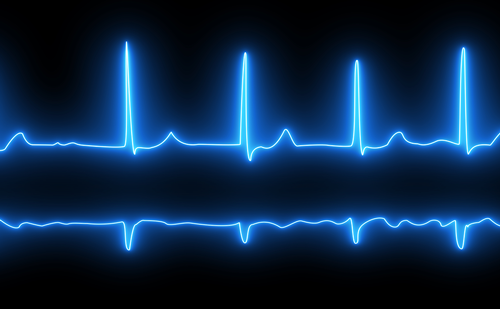Background: Catheter ablation (CA) is the treatment of choice for patients with symptomatic recurrent atrioventricular reciprocating tachycardia, pre-excited atrial fibrillation and for those with asymptomatic pre-excitation with dangerous anterograde accessory pathway (AP) conduction properties.1 CA has a high acute success rate and low complication rate dependent upon AP location. Success rates at follow up are less good and not as well described.2
Aims: To assess procedural success and complication rates, both acutely and at follow-up, for AP ablations and compare the efficacy based upon AP location.
Methods: A retrospective study of consecutive AP ablations performed over 7 years at a single centre. ECGs, procedure reports and follow up clinic letters were reviewed. All cases were included to calculate acute success rate at first CA. Only patients with complete follow-up data were included for long term success.
Results: 240 patients had 268 procedures between August 2012 and July 2019. There were a total of 251 APs. 231 (96%) patients had a single AP, 9 (4%) patients had multiple pathways; 8 patients had 2, 1 had 4. Of the 251 APs 168 (67%) were manifest and 82 (33%) were concealed. Acute procedural success was achieved in 220 (92%) patients. Follow-up data were available for 224 patients. 185/224 (83%) patients had sustained success at their 3-month follow-up. Acute and first follow-up success was higher in left free wall and posteroseptal locations vs antero and mid-septal, right free wall and epicardial locations and those with multiple APs (see Table 1). 23 patients had 1 or more redo procedures; acute success at redo was 22/23 (96%). 12 patients declined a further CA after an initial failed procedure and 7 did not have redo for recurrence after initial successful CA. Cumulative success after all procedures at follow up was 202/224 (90%), and 202/205 (99%) in those with multiple CAs. There were 2 major complications (0.7%); 1 complete AV block needing a pacemaker, and 1 death within 30 days of an initially successful ablation for incessant AVRT using a concealed left free wall AP with re-admission to her local hospital again with incessant SVT which caused haemodynamic collapse.
Conclusion: AP ablations have low complication rates but variable success rates dependent upon location. Success rates at first follow up are lower than is often quoted to patients but remain high after multiple procedures.

References
- Pappone C, Vicedomini G, Manguso F, et al. Wolff-Parkinson-White syndrome in the era of catheter ablation: insights from a registry study of 2169 patients. Circulation. 2014;130:811–19.
- Showkathali R, Earley MJ, Gupta D, et al. Current case mix and results of catheter ablation of regular supraventricular tachycardia: are we giving unrealistic expectations to patients? EP Europace. 2007;9:1064–8.
















